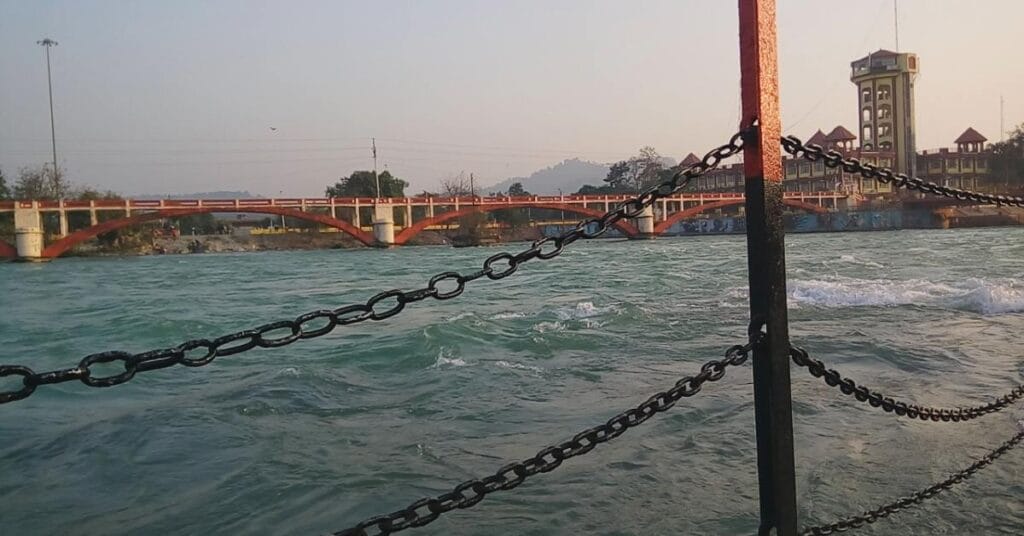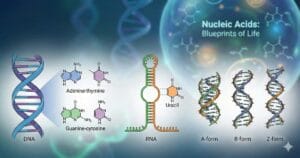
COMPETITIVE EXAM MCQs SERIES of ENVIRONMENTAL SCIENCE for UGC-NET/JRF, SLET, ARS, GATE, and other entrance tests – National Water Policy and its Implementation in India.
Syllabus Outline
- Historical evolution and the necessity of a national water policy.
- Key features of the National Water Policy (NWP) across its versions in 1987, 2002, and 2012.
- The institutional and legal framework.
- Roles of central and state governments and Water Act.
- Water resource planning and management through Integrated Water Resources Management (IWRM) and watershed development.
- Prioritization of water use for drinking, agriculture, industry, and ecological sustainability, alongside mechanisms for resolving inter-sectoral allocation conflicts.
- The challenges of policy implementation, fragmented governance and data inadequacies.
- Additionally, the impact of climate change on water availability and policy responses to mitigate.
- Community participation, particularly through Panchayati Raj Institutions.
- Policy challenges and future directions ensuring sustainable water governance in India.
This quiz contains the concept-based most frequently asked 25 MCQs of “National Water Policy and its Implementation in India“. Each question has a single correct/most appropriate answer.
*****
1. India has more than 18 % of the world’s population but has _________of the world’s renewable water resources.
a) About 4%
b) More than 40%
c) Only 0.4%
d) About 14
2. The primary objective of India’s National Water Policy (NWP) 2012 is:
a) To prevent commercial exploitation of water resources
b) To manage water resources comprehensively
c) To manufacture water at the national level
d) To monitor and model hydrological parameters for accurate weather forecast
3. The National Water Policy was first formulated in:
a) 1987
b) 2002
c) 2012
d) 2020
4. Which aspect of water management is given priority in the National Water Policy 2012?
a) Marine water
b) Industrial water
c) Drinking water
d) Agricultural water
5. IWRM is an abbreviated form of:
a) Integrated Water Resources Management
b) International Water Resources Management
c) Indian Water Resources Management
d) Integrated Water Resources Development and Management
6. What is the suitable approach for inter-basin transfer according to National Water Policy 2012?
a) Prioritize inter-basin transfers with minimal environmental impact assessments.
b) Encourage intra-basin water conservation before considering inter-basin transfers.
c) Implement inter-basin transfers with a focus on economic benefits for receiving regions.
d) Allow transfer of inter-basin only after securing consent from all stakeholders.
7. The National Water Policy 2012 recommends which type of pricing for water.
a) Free water for all
b) Rational pricing
c) High pricing for personal use
d) Subsidized pricing for railway use
8. IWRM addresses the “three E’s”:
a) Evaluation of Resources, Economic efficiency, Environmental sustainability,
b) Economic efficiency, Environmental impact assessment and Social Equity
c) Ecosystem Management, Environmental impact and Social Equity
d) Economic efficiency, Environmental sustainability and Social Equity
9. According to the National Water Policy 2012, which type of irrigation is promoted to enhance water use efficiency?
a) Flood irrigation
b) Drip and sprinkler irrigation
c) Surface irrigation
d) Canal irrigation
10. The policy recommends which of the following to address water logging and salinity issues in irrigation.
a) Decrease irrigation intensity
b) Conjunctive use of surface and groundwater
c) Minimum use of chemical fertilizers
d) Crop rotation
11. What is the primary principle for planning, developing, and managing water resources according to the National Water Policy?
a) Integrated Water Resources Management
b) Decentralized Water Management
c) Sectoral Water Allocation
d) Water Privatization
12. Which organization was established to collect, collate, and process hydrological data regularly from all over the country?
a) National Water Resources Council
b) National Water Informatics Center
c) Central Water Commission
d) Water Resource Development Authority
13. Which one of the following statements is false regarding the regulation of water recycling?
a) It involves discretionary judgment.
b) It includes acts, rules, guidelines, and policy statements.
c) It is solely the responsibility of the Commonwealth Government.
d) It is often reactive, addressing needs as they arise.
14. Which type of maps should be prepared to evolve coping strategies for floods and droughts according to the National Water Policy?
a) Topographic maps
b) Frequency-based flood inundation maps
c) LULC maps
d) Climate change maps
15. What should be developed to monitor water quality in both surface and groundwater within the river basin?
a) Water Quality Monitoring Center
b) National Water Informatics Center
c) River Basin Authority
d) State Water Resources Council
16. Which of the following is not directly linked with watershed problems?
a) Areas where plant roots are exposed
b) Areas where heavy rain turns streams muddy, or where a lot of soil accumulates at the bottom of the slope.
c) Areas where the soil surface is covered with stones
d) Areas where a large number of human settlements and/or urbanization occurs
17. What should be established to evaluate the impacts of policy decisions and to evolve policy directives for changing scenarios of water resources?
a) National Water Resources Council
b) Water Policy Evaluation Committee
c) Water Research Institute
d) Autonomous Center for Research in Water Policy
18. Which one of the following is not an ideal solution for tackling water shortages?
a) Controlling population growth
b) Conserving water in irrigation
c) Controlling water pollution
d) Drilling deep bore wells
19. What was established at the national level to deliberate upon water’s issues and evolve consensus, cooperation, and reconciliation amongst party States?
a) National Water Resources Council
b) Water Disputes Tribunal
c) River Basin Authority
d) Water Policy Evaluation Committee
20. Which of the following steps can reduce evaporation and increase infiltration?
a) Siltation
b) Crop Rotation and intercropping
c) Contour trenches
d) Mulching
21. Which body is established within each State to amicably resolve differences in competing demands for water amongst different users?
a) Water Disputes Tribunal
b) State Water Resources Council
c) River Basin Authority
d) Water Policy Evaluation Committee
22. What should be associated in public-private partnership mode with penalties for failure, under regulatory control on prices charged and service standards according to the National Water Policy?
a) State Water Resources Council
b) Water Disputes Tribunal
c) Urban local bodies
d) River Basin Authority
23. What may need to be drafted/revised following the National Water Policy keeping in mind the basic concerns and principles as a unified national perspective?
a) State Water Policies
b) Water Disputes Tribunal
c) River Basin Authority
d) National Water Board
24. What type of data needs to be collected because of likely climate change according to the National Water Policy?
a) Snow and glaciers data
b) Soil erosion data
c) Agricultural data
d) Groundwater data
25. Which conditions may increase the severity of drought conditions?
I – Less rainfall than normal and poor distribution of rainfall
II – Not having enough topsoil and a hardpan
III – Not having adequate soil cover
IV – Slow runoff and increase infiltration into the soil
a) I only
b) I and II
c) I, II and III
d) IV only
*****
Previous: National Forest Policy and Governance in India
Next: National Environmental Policy of India
References
- Gupta, S.K. (2011) Modern Hydrology and Sustainable Water Development, Wiley India Pvt. Ltd., 1st Edition.
- Kumar, M.D. (2012) Water Management in India: What Works, What Doesn’t, Gyan Publishing House, New Delhi, 1st Edition.
- Jain, S.K. & Singh, V.P. (2003) Water Resources Systems Planning and Management, Elsevier, 1st Edition.
- Dua, S. & Gupta, M. (2013) Water Resource Management: Policies and Practices in India, Regal Publications, New Delhi, 1st Edition.
- Das, M.M. & Saikia, M.D. (2013) Hydrology and Water Resources Engineering, PHI Learning Pvt. Ltd., New Delhi, 2nd Edition.
- The Water (Prevention and Control of Pollution) Act, 1974 – Ministry of Environment, Forest and Climate Change, Government of India.
- National Water Policy (1987, 2002, 2012) – Ministry of Water Resources, Government of India.

